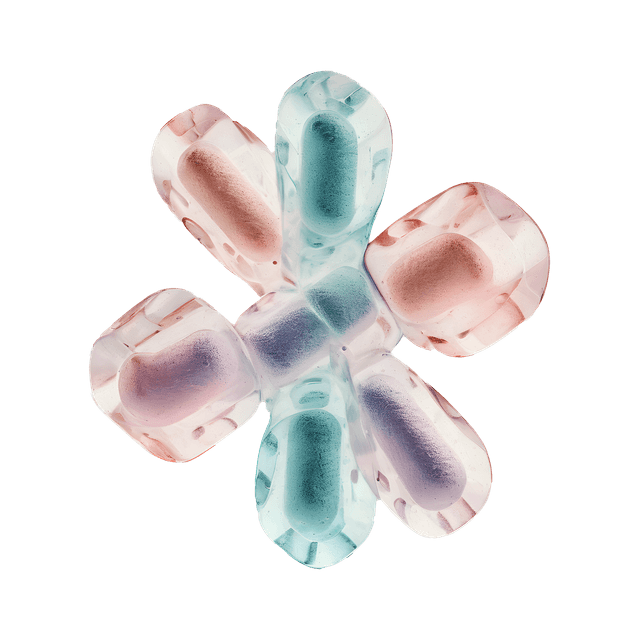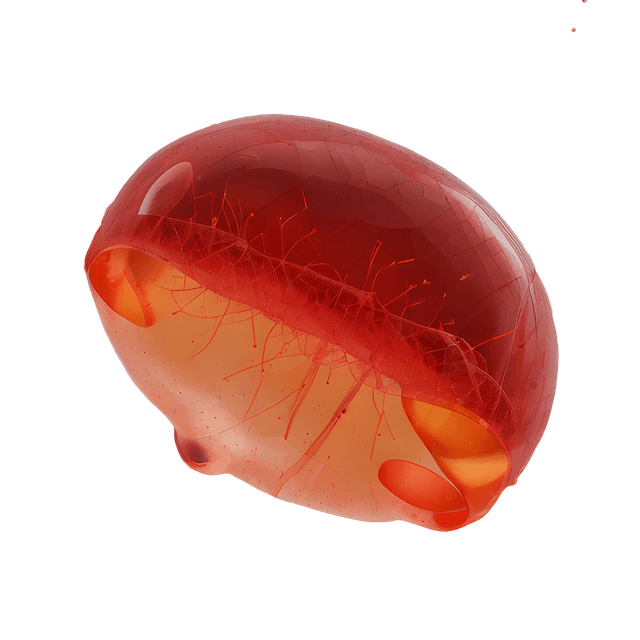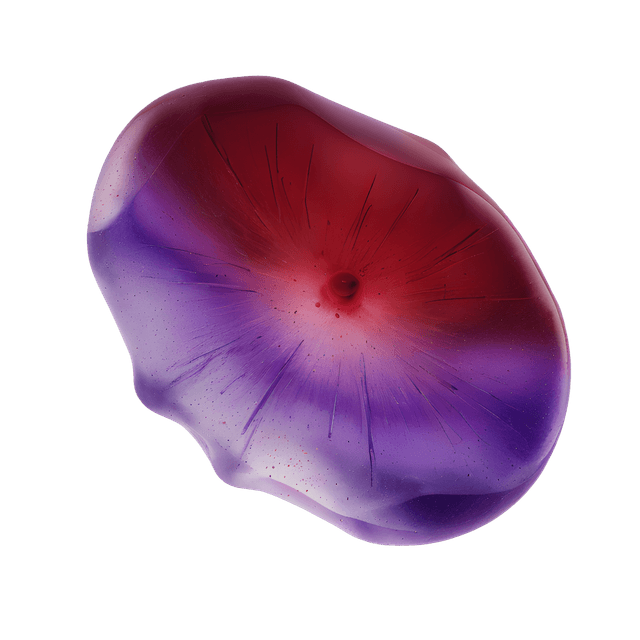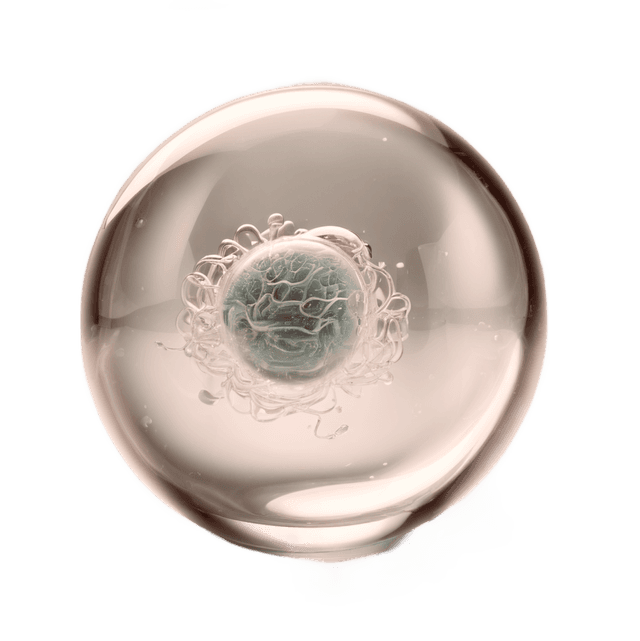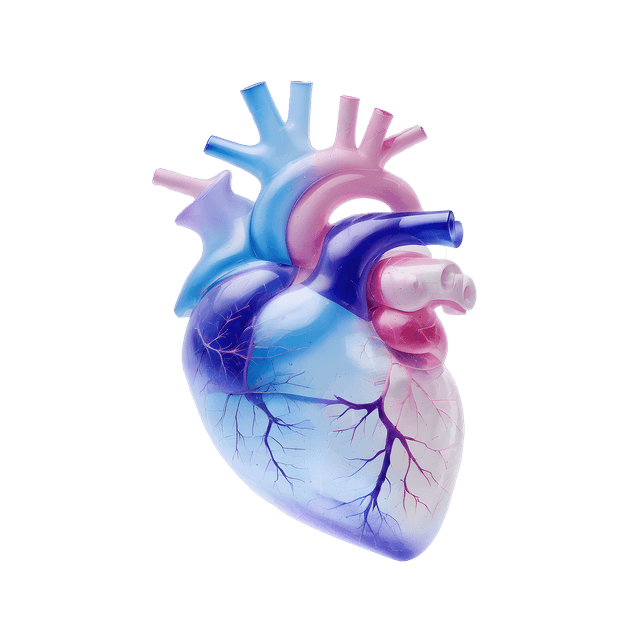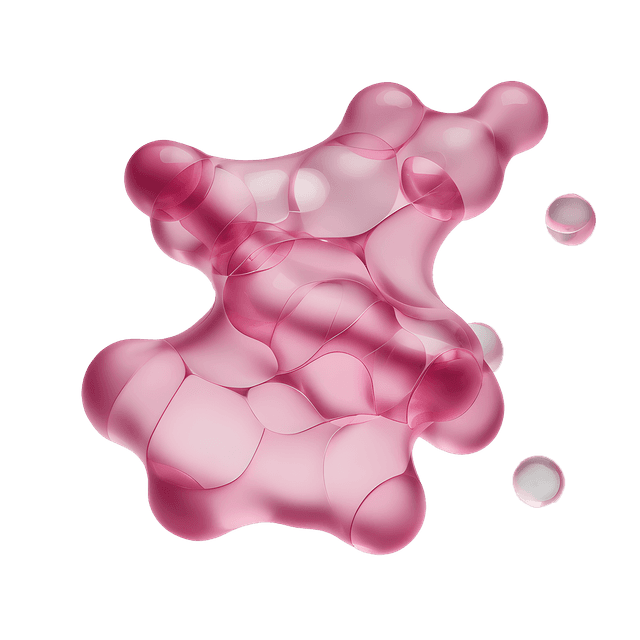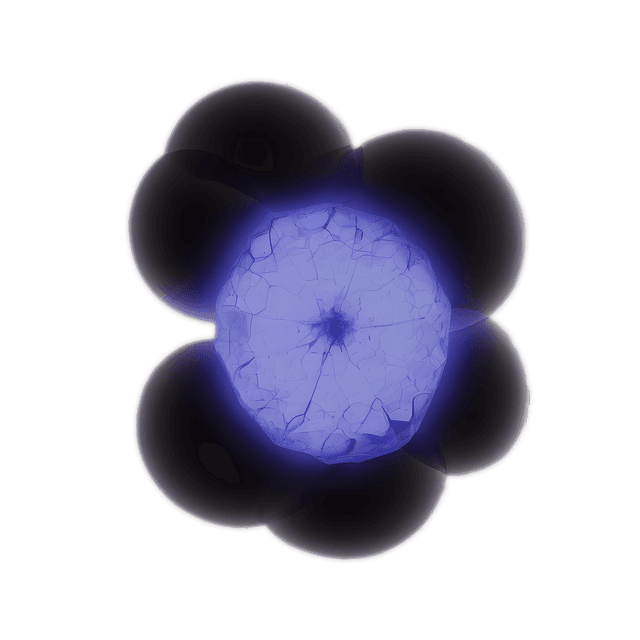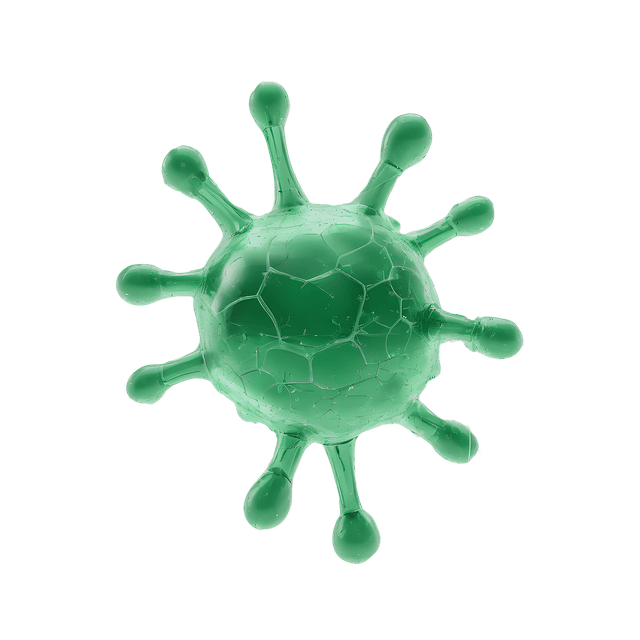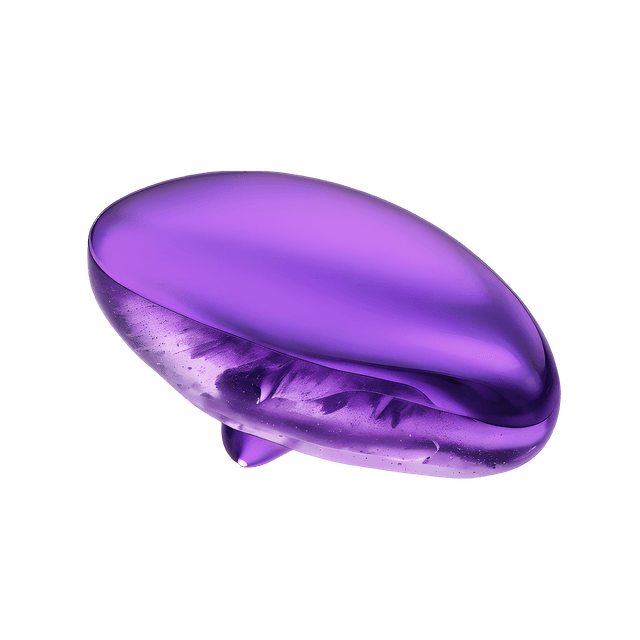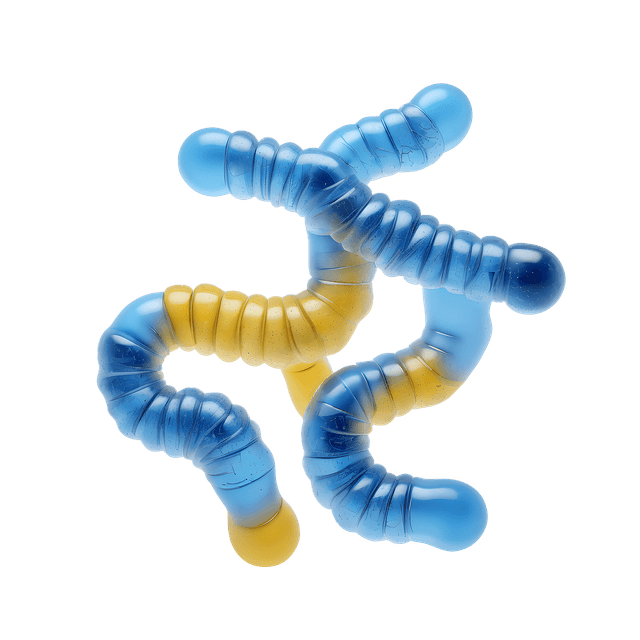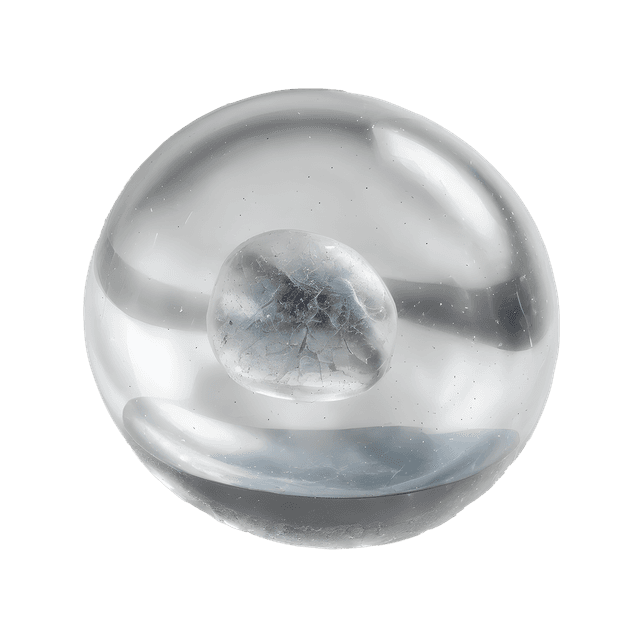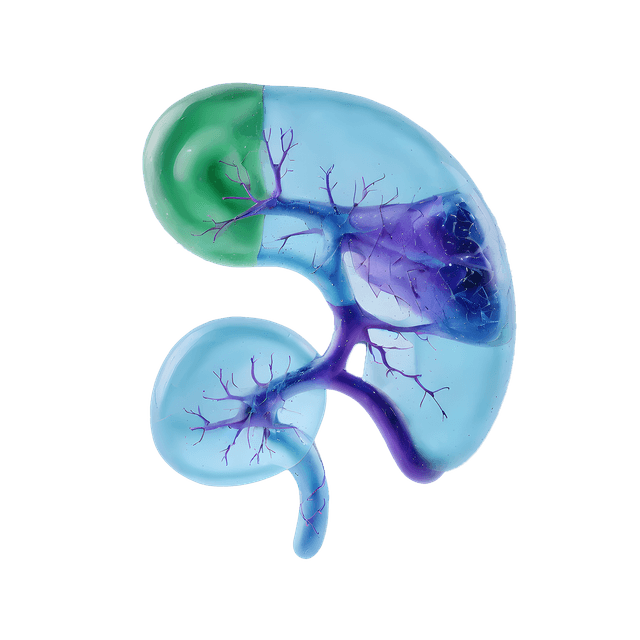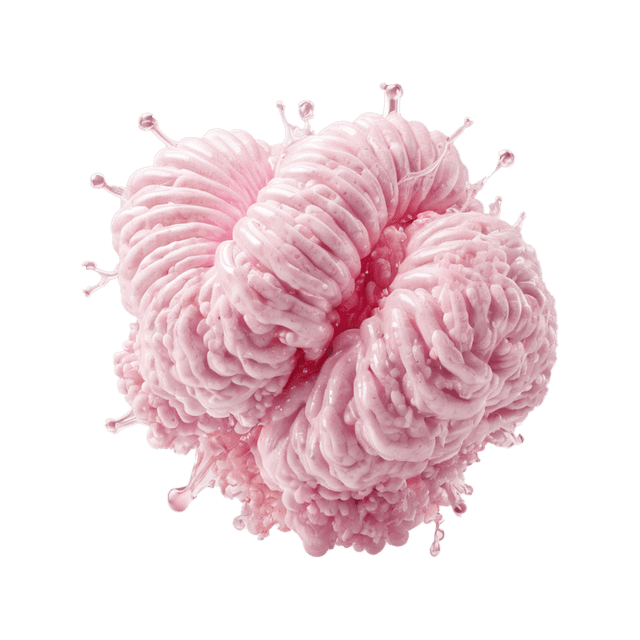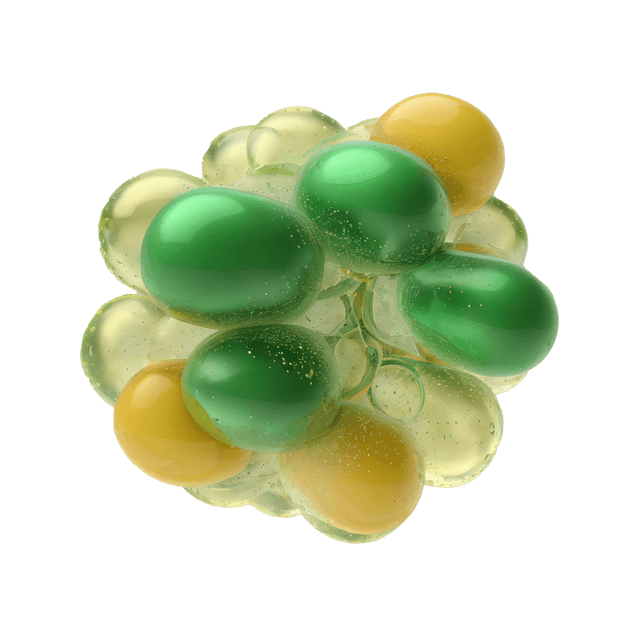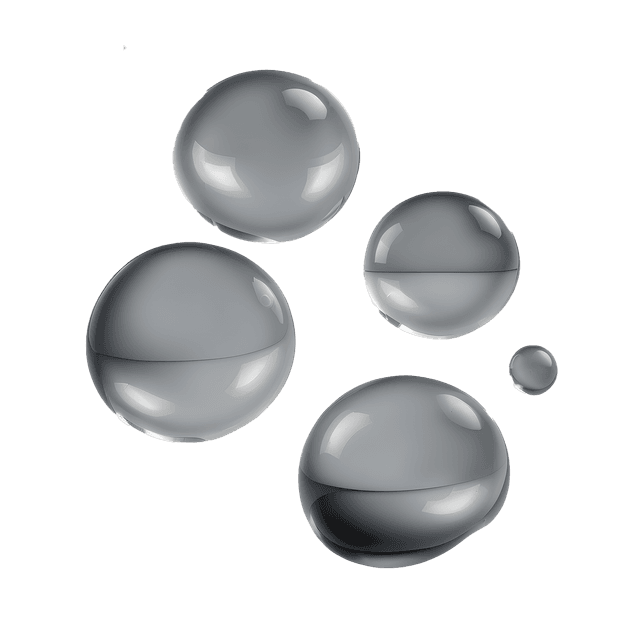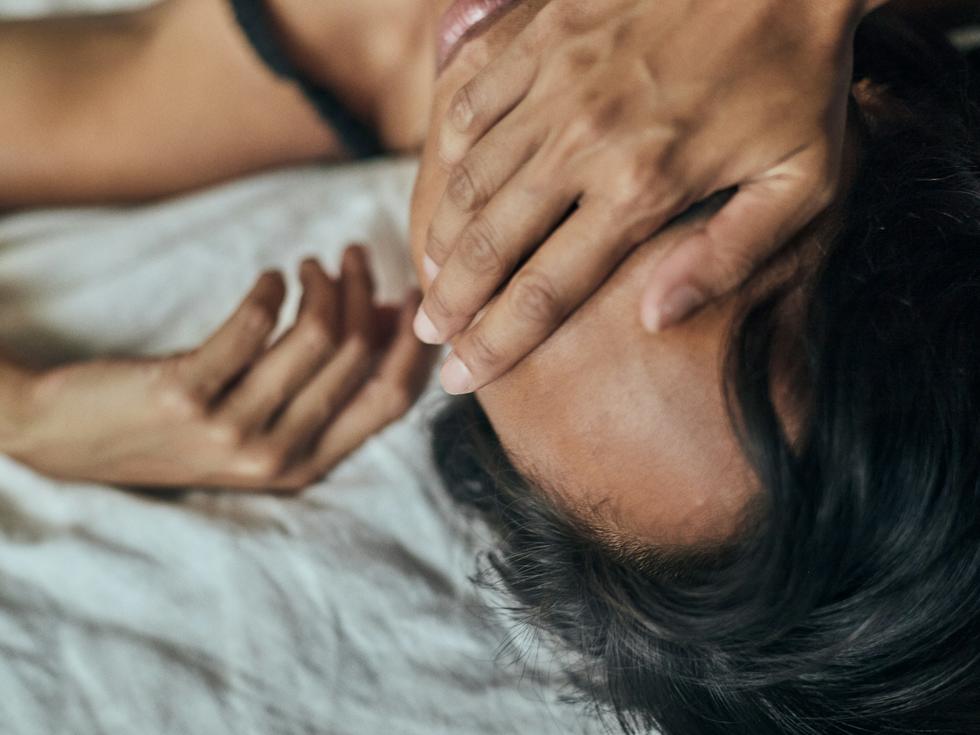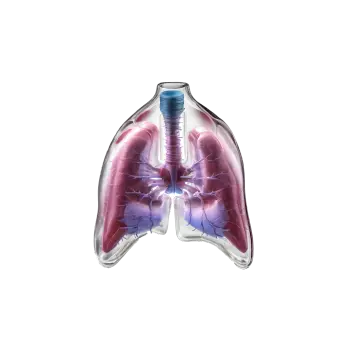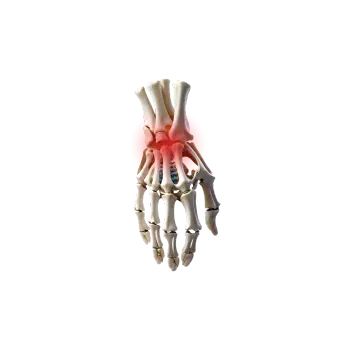Quick version
What happens in your body during menopause?
Menopause, or menopause as it is also called, is the period before and after your last period. It is strongly linked to estrogen levels drop, which affects several systems in your body – not least your muscles, joints and nervous system.
The most common physical changes:
- Reduced production of estrogen and progesterone
- Changed sleep and poorer recovery
- Increased inflammation in the body
- Reduced muscle mass and bone density
All of these factors can contribute to pain and stiffness in the body.
Why do you get aches during menopause?
There are several reasons why menopause can cause body aches, here are some common factors that affect:
1. Hormone deficiency affects joints and musclesOestrogen has a protective effect on both joints and muscles. When levels drop, this means the following;
- Reduced blood flow to the muscles
- The pain threshold is lowered
- The risk of inflammation in the joints is increased
It is very common to have sleep problems during menopause, which means that the body does not have time to recover properly. This can lead to experiencing:
- Increased muscle soreness
- Fatigue in the body
- Worsened pain experience
Psychological stress affects the body physically – especially during hormonal changes. Inactivity, sedentary work or lack of exercise also makes the muscles stiffer and more prone to pain. It is therefore important to actively work to incorporate both exercise and relaxation into your everyday life.
Body parts that are common to have pain in during menopause
A diffuse, aching pain is often described rather than acute pain. Common areas to have pain in are:
- Neck and shoulders
- Back, especially the lower back
- Hips and knees
- Fingers and wrists
This pain can sometimes also resemble the discomfort of early signs of osteoarthritis or fibromyalgia, which can also be triggered, or worsened, during menopause.
Hip problems during menopause – why does it hurt?Hip problems are common during menopause and are often due to falling estrogen levels. This can lead to pain in the outer part of the hip, groin or buttocks – especially when straining, sleeping or sitting for a long time. Many people can also have weaker gluteal muscles and poor posture, which increases pressure on the hip joint. In some cases, menopause can also trigger or worsen osteoarthritis in the hip.
How to relieve the pain
If you are in menopause and experiencing pain, there are some things you can do to try to reduce and relieve body pain – both with lifestyle changes and medical treatments. Here are six things to try:
- Get some exercise every day – everything from walking to yoga and light strength training can help
- Make sure you get your sleep – create a sustainable bedtime routine and avoid caffeine in the evening
- Eat anti-inflammatory foods – the right diet such as vegetables, fish, nuts and whole grains can help reduce inflammation in your body
- Reduce stress – meditation, breathing exercises and time to yourself can make a big difference
- Consider hormone replacement therapy (HRT) – can reduce both pain and other symptoms, discuss this with your doctor
- Vitamin D and magnesium supplements – can support your muscles and bones
Then you should seek help
Many people experience that the pain affects their everyday life, it lasts for a long time or comes on suddenly, which can be very stressful. If this applies to you, you should contact your healthcare provider. It is also important to rule out other causes such as rheumatism or thyroid problem.


